While it's common to hear about major and minor currency pairs in forex trading, there are actually far more exotic pairs with smaller markets that you can use. Find out why you should (or shouldn't) trade them.

Typically, forex traders would use either major or minor pairs to trade in the forex market, which basically includes USD and other major currencies like EUR, JPY, GBP, AUD, CHF, CAD, and NZD.
However, those are not the only options that you have in forex trading. There is actually another type called the exotic pairs that allow you to trade with far less common currencies compared to the major currencies above.
Exotic currency pairs are any pair that includes one major currency and a currency from a developing or emerging country. For instance, an exotic pair would be formed when an exotic currency like the Hungarian forint (HUF) is paired with a major currency like the euro (EUR).
To be more specific, here are some of the characteristics of exotic forex pairs:
- Less common and less popular in terms of market activity.
- Low volume of trading.
- Low liquidity compared to major and minor (cross) pairs.
- Low market depth.
- The spreads and markup fees can be really high at times.
- Extremely low pip value.
- Abnormal market cycles or takes too long to complete a cycle.
- High volatility.
- The fundamental aspects are not widely speculated like the major pairs.
You don't hear about exotic pairs a lot because the currencies are usually a lot more volatile since they are coming from smaller markets. This explains why many traders don't really trust them and are often intimidated by such uncertainty.
Those who trade exotic pairs are either living in emerging countries and choose to trade their own currency against the US dollar or large hedge funds and individuals who follow the politics of a certain emerging country.
If you want to try your chance in exotic trading, here's the complete guide.
Contents
What You Need to Know Before Trading with Exotic Pairs
Firstly, you'll need to check both the economic calendar for the US dollar and the exotic currency that you're going to use in order to see key economic data releases and important events for the two currencies.
This is rather crucial because changes in the US dollar's value can easily affect the exchange rates of the exotic currency pair. Also, it's worth noting that the relative value of the exotic currency sometimes changes even though nothing seems to have happened.
The reason is that the information isn't always available on English news media yet, although it is probably well-known in the country itself. Thus, it would be helpful to check the local media too if possible.
Second, pay attention to global major events. Last but not least, regularly check the relative level of benchmark interest rates. This is important because those rates can affect the country's economic future and thus, impact the profitability of any trade that involves that currency.
How to Trade Exotic Pairs
The best approach to trade with exotic pairs is to use high leverage and trade for the long term. Opening a larger position can be beneficial to counter the low pip value, but keep in mind that using high leverage will increase the already high trading costs and trading risk as well.
Meanwhile, long-term trades are better because exotic markets usually have low liquidity; meaning that the time horizon should be longer.
Some exotic currencies like the Singapore dollar (SGD) and Norwegian krone (NOK) are actually very liquid and can be treated like major currencies.
However, in most cases, exotic currencies are far less liquid and can only be profitable for medium to long-term trading. In order to maximize your profit, here are some tips to consider when trading with exotic pairs for the long term:
- Do your research and figure out the long-term idea of your exotic currency's economic condition.
- Only trade by using spare money that you won't need in the near future.
One of the trading strategies that you can use to trade exotic pairs is called carry trading. It refers to a buy-and-hold strategy that's most suitable for long-term yield hunters and trend followers.
In this strategy, you basically start by selling a certain currency with a low-interest rate and use the fund to buy another currency with a higher interest rate.
In other words, this is a great method that you can use to gain profit from the low-interest rate environment found in exotic markets.
The Best Exotic Pairs to Trade
While there are more than 150 countries that could be categorized as developing countries, exotic currencies used for trading are usually focused on around 18 currencies only. However, the exact list of currencies that you can use in your trades varies depending on your broker.
In general, here are some of the most widely traded exotic currency pairs:
- USD/BRL (US dollar/Brazilian real)
- USD/MXN (US dollar/Mexican peso)
- USD/HGD (US dollar/Hong Kong dollar)
- USD/SGD (US dollar/Singapore dollar)
- USD/ZAR (US dollar/South Africa rand)
- USD/THB (US dollar/Thailand baht)
- USD/DKK (US dollar/Denmark krone)
- USD/SEK (US dollar/Swedish krona)
- USD/NOK (US dollar/Norwegian krone)
Potential Risks of Trading with Exotic Pairs
As mentioned beforehand, exotic pairs are much less traded compared to major and minor pairs because many traders are concerned with the risks that come with them.
If you are planning to trade with exotic pair yourself, please consider the following things before entering the market:
- Lack of liquidity
This means that exotic pairs tend to have less trading activity compared to the usual major currency pairs. As a result, there's a greater risk of getting slippage because there are fewer market participants who would take the other side of your order. This is also hard for small investors because it can make the spread higher. - High volatility
The uncertainty in the political and economic condition of an exotic currency can lead to high volatility. While high volatility can potentially bring greater profit, it can also mean greater risk. The level of risk is even higher if you choose a currency from a country that's involved in a number of global conflicts. You'll never know what's going to happen next and how much it can affect the currency's exchange rates. - Limited information
Oftentimes, traders would find it hard to find the necessary information about the development of a certain exotic country due to the language barrier. This makes the trading process even more challenging than it already is because you may not be aware of many key events that happen within the country. - High transaction fees
Not all brokers support exotic currency pairs due to their small market and profitability. On the other hand, those who do offer exotic pairs typically charge relatively high markup fees and spreads. This is something worth considering because trading with exotic pairs is highly expensive.
Final Thoughts
In the end, we can say that trading with exotic currency pairs is only profitable if you have enough capital to spare in the long term, a good knowledge of the currency's economic condition, and a high-risk tolerance.
It also goes without saying that you need to have sophisticated trading skills in order to make the right decision based on the current state of both the exotic and major currencies.
If you have all the necessary requirements, exotic pairs actually offer huge trading opportunities to grab. The price movements are usually big and powerful, so if you can analyze the market well, you'll be able to get enormous profits once in a while.
Apart from that, trading with exotics is also a great idea to diversify your portfolio and minimize the loss. Just remember to always be careful and weigh the pros and cons before taking any important decision.

 Dedicated FREE FOREX VPS
Dedicated FREE FOREX VPS Free FOREX Virtual Private Server
Free FOREX Virtual Private Server MT4 Demo Contest, Get $500
MT4 Demo Contest, Get $500 Sign Up for an Account, Claim 60% Deposit Bonus
Sign Up for an Account, Claim 60% Deposit Bonus Free MT4/MT5 VPS 2024
Free MT4/MT5 VPS 2024 Send E-mail and Get Free Merchandise
Send E-mail and Get Free Merchandise $1K Refer a Friend Bonus for Pepperstone Pro clients
$1K Refer a Friend Bonus for Pepperstone Pro clients Maximize Your Earnings with 100% Deposit bonus
Maximize Your Earnings with 100% Deposit bonus Trade to Win, $5,000 Monthly Demo Contest
Trade to Win, $5,000 Monthly Demo Contest Claim 30% + 15% Deposit Bonus from LiteFinance
Claim 30% + 15% Deposit Bonus from LiteFinance

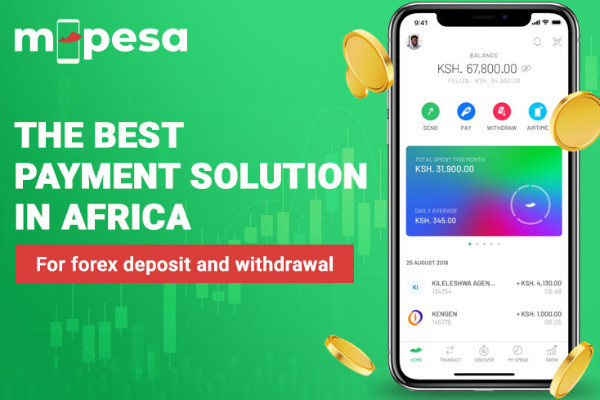

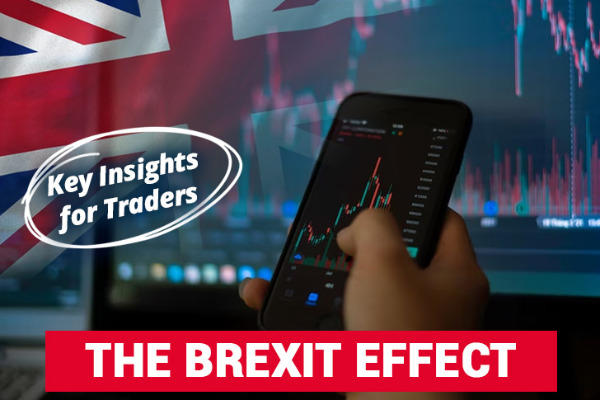
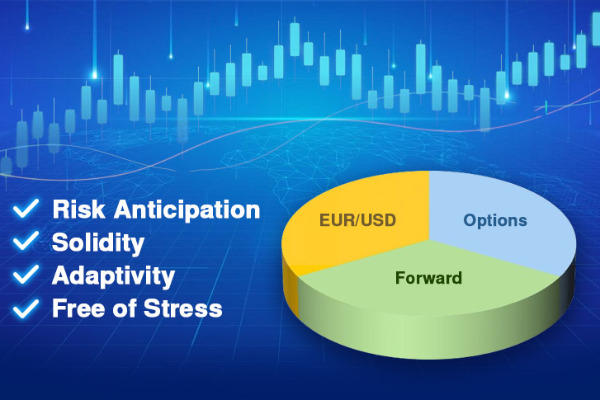
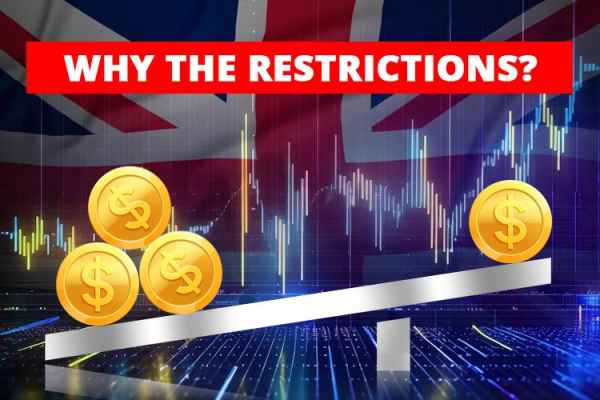
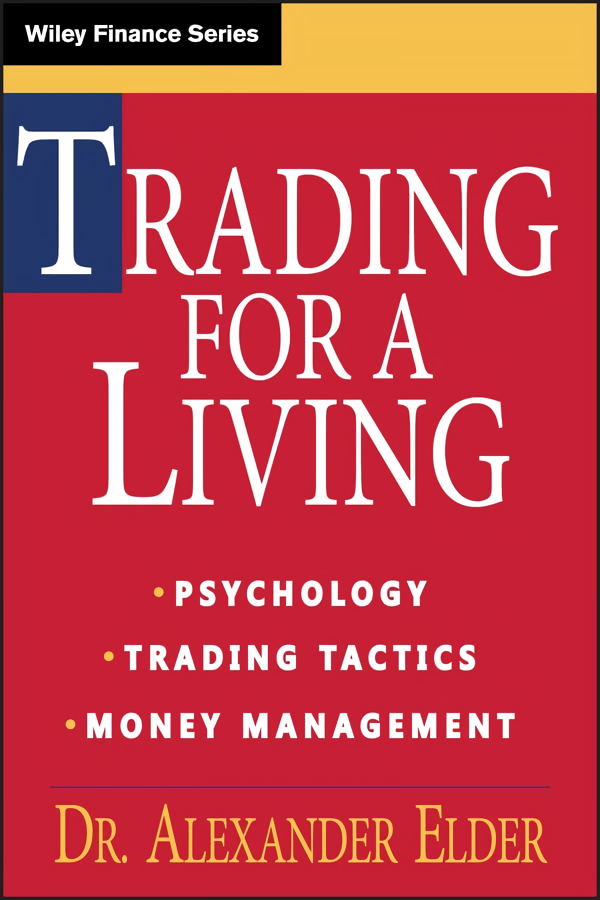
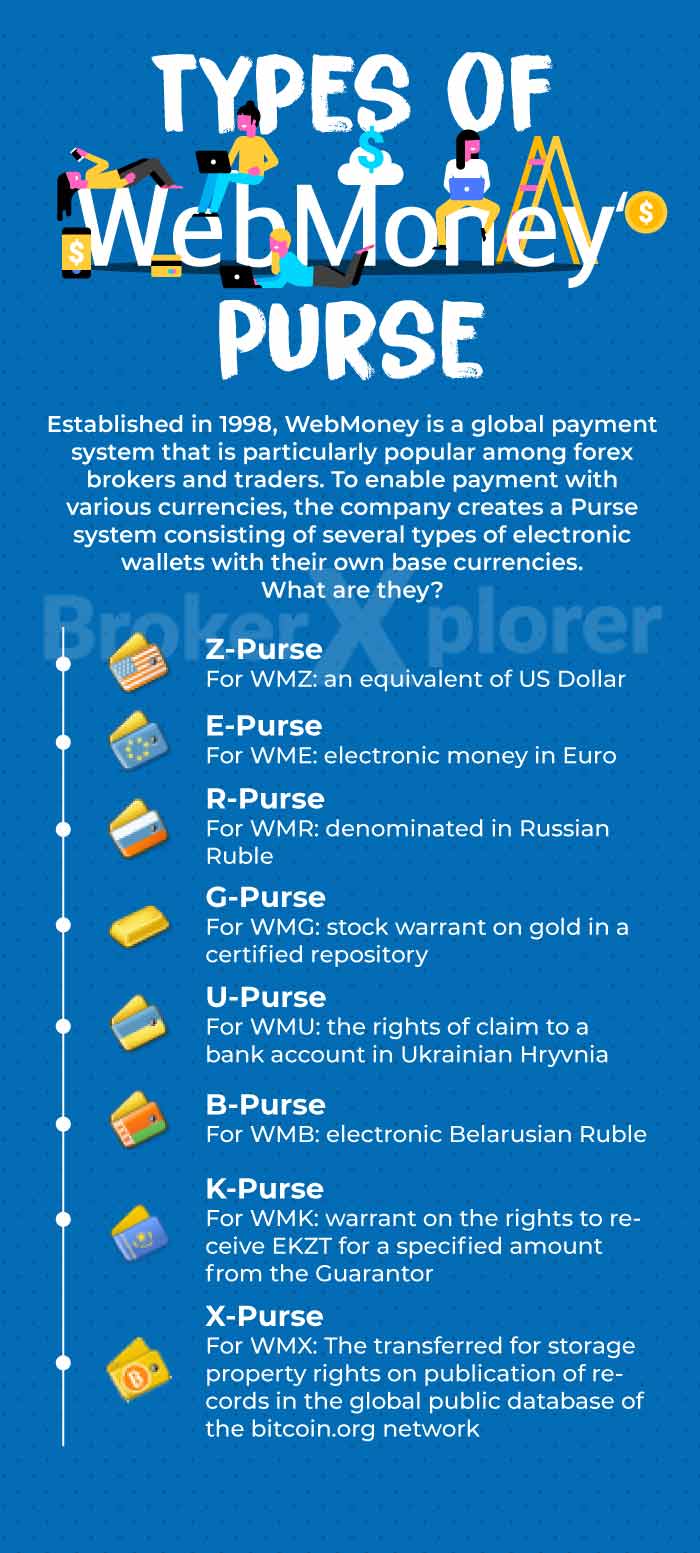

10 Comments
Declan
May 20 2022
Which exotic pair is the most profitable in forex trading?
Divany
May 26 2022
Declan: The examples mentioned in this article are some of the most popular and profitable exotic pairs out there. However, the actual profitability of each pair depends on many factors like the economic and political condition of the currency's country of origin and the market's liquidity.
Hence, it's recommended to trade with the currency that you're familiar and it would also be helpful if you can diversify your portfolio toreduce your trading risks.
Ramiraz
Jun 14 2022
How much leverage is appropriate for exotic pairs?
Divany
Jul 18 2022
Ramiraz: Exotic pair trading is mostly known for its high leverage, which can go as high as 25:1. However, this makes it an extremely risky investment, so it's more suitable for professional traders.
Selena Bichanton
Jun 28 2022
Are exotic pairs good for day traders?
Divany
Jul 18 2022
Selena Bichanton: Exotic pairs can be traded in many different ways and it can based on technical as well as fundamental analysis. Scalping and day trading are actually quite popular in the exotic market along with other strategies. However, keep in mind that the success rate of each strategy should depend on the market condition, the currency you're trading, your trading style, and the time frame you're using.
Ramirez
Jul 2 2022
Can I pair two exotic currencies together?
Divany
Jul 29 2022
Ramirez: Most of time, the answer is no. It is extremely rare to find two exotic currencies paired together because of the high volatility and low liquidity. Thus, if you want to trade exotic pairs, it's best to combine one of the 8 major currencies and one currency from a developing economy.
Muchosasz
Jul 10 2022
Where can I trade with exotic pairs?
Divany
Jul 29 2022
Muchosasz: Nowadays, you can trade exotic pairs in many top brokers in the market like eToro, IG, Pepperstone, Admiral Markets, etc.